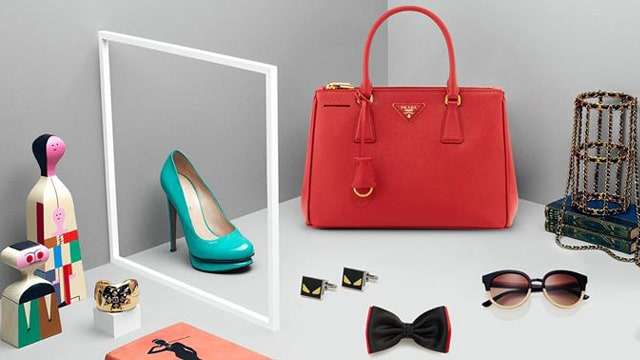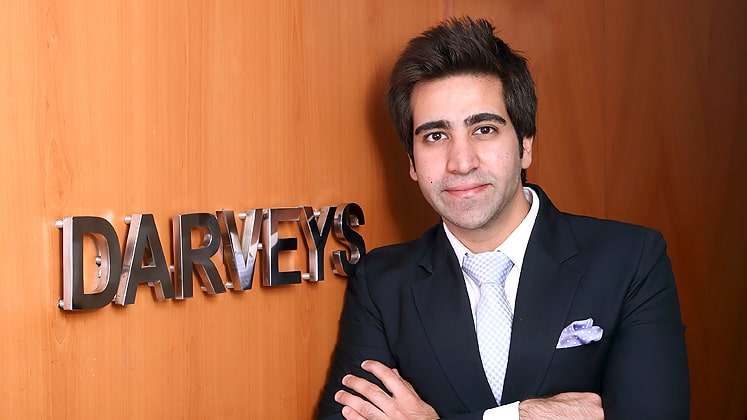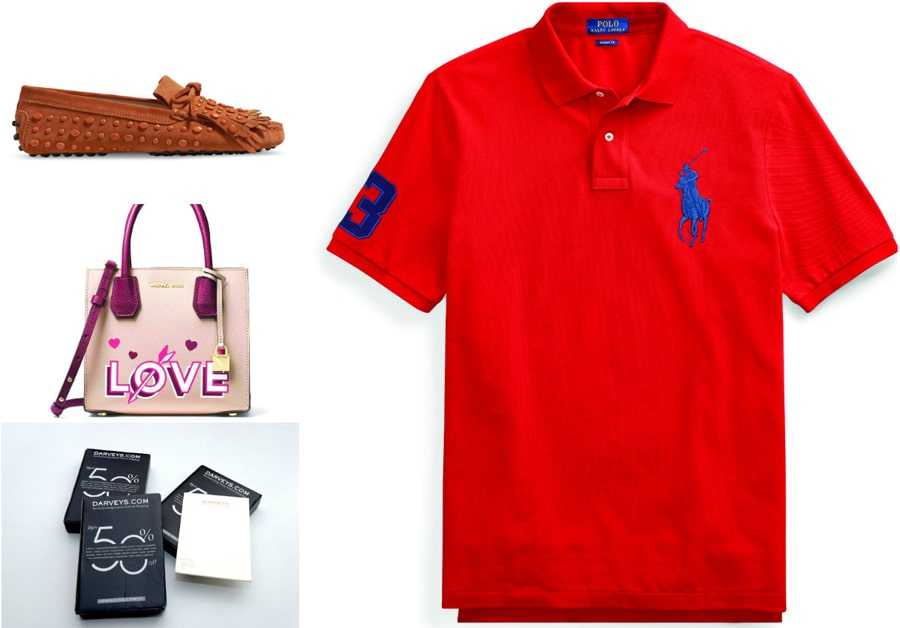
The luxury boom hasn’t gone unnoticed by the stakeholders of the industry and it owes to the two-way paradigm of increased disposable incomes and aspirational value of consumer groups on one side and the luxury players’ willingness to make the products accessible and inclusive on the other. Despite the economic slowdown globally, the overall size of the luxury market is estimated to be around US $ 2 trillion. Talking about only the BRICS markets, China and India rather than Brazil and Russia, have been in the spotlight for the past few years. The facts and research studies are emblematic of the gradual, yet significant rise of the industry. According to statista.com, the revenue in luxury fashion segment amounts to US $ 1,09,016 million in 2019 and the market is expected to grow annually by 2.1 per cent (CAGR 2019-2023). And the largest share of the segment is luxury apparel with a market volume of US $ 76,728 million in 2019, with an expected annual growth amounting to 1.7 per cent (CAGR 2019-2023).
While the segment shows an impressive growth rate, research shows that Generations Y and Z constitute 47 per cent of all luxury consumers, attributing 33 per cent to luxury purchases which has persuaded the luxury retail giants to strategise and expand operations as per the techno-savvy consumer group, and this has ultimately made luxury e-commerce to be one of the most profitable avenues right now. Retail brands – new or old, luxury or not – are turning to data analytics to keep up with the frequently changing trends and to maintain a competitive edge. Even as few are resistant to change, there are many who are taking the overall experience a notch higher with technology and data. One such name in the industry is Darveys, an online marketplace that enables consumers in India to buy luxury products from the cheapest available sources globally.
A business model different from others

As per ASSOCHAM, India’s luxury market grew to US $ 30 billion from US $ 23.8 billion by the end of 2016.The segment has seen an annual growth of 25 per cent over the past couple of years. Capitalising on the obvious growth of the online market with the rising level of aspiration for the luxury category, Darveys came into being in 2014 with a concept unlike many others. The business model is unique: a members-only site (at Rs.2,000), Darveys has exclusive tie-ups with around 800 luxury boutiques and vendors across the globe that enables it to sell top luxury brands such as Prada, Lulu Guinness, Dolce & Gabbana and Alexander McQueen to its members. Darveys work on consumer psyche and bring the best from across the world to its customers in India. “There is a lot of potential and aspiration in consumers in India. It’s very important to understand the consumer’s psyche here. A lot of people think that Indians would go only for discounts, which is absolutely incorrect. In luxury segment, highly discounted product might make the consumer go away. They would rather buy 1 bag from a new collection than getting 2 bags from an old collection. We use big data and artificial intelligence to understand our consumers. We have both kinds of shoppers and we cater to them with what they are exactly looking for,” asserts Nakul Bajaj , Founder, Darveys.
Nakul was aware that the prices for different luxury brands were different in India as compared to what they are in United States or another country. He asserts that Darveys works on price arbitrage situation in the world. “Besides price, there is collection difference as well in between countries. For example, a Salvatore Ferragamo store in Venice will have 10 times better collection than at an Indian outlet. We also help our consumers get access to runway collection within just two months. At Darveys, we also guide a consumer to the store offering the best price for a luxury merchandise in any country. With time, we have grown as a company and with the help of artificial intelligence, we even predict which store is going to go on sale and at what percentage. The way it works on our website is that there are a number of deals which are displayed and as soon as the order is placed, it gets reserved with that particular store offering the best deal, then we import it and ship it to the consumer,” informs Nakul. Darveys also offers international manufacture warranty and a consumer can take the product to any store across the globe to claim it. However, Darveys prefers to provide this service to its shoppers wherein it picks up the product, ships it to the source store and then brings a new piece to the consumer.
The discounting strategy
A model indeed different and interesting than others in the segment, what really is Darveys’ discounting strategy? The online marketplace offers 30 per cent to 50 per cent discounts on merchandise from luxury brands depending on the season and the need of a store for liquidity. “The discounting depends on a lot of factors. One is they need to sell their inventory and another is that a company like ours, which understands their financial condition, gives them a reason to liquidate their stock. This entails that even if the store is not going for discounts, there is a secret sale going on for that store at Darveys. So, they actually liquidate through us,” explains Nakul. At Darveys, for instance, a Prada satchel that sells in Indian outlets for over Rs.2 lakh is available for half the price. Similarly, Dolce & Gabbana tote bags with a price tag of Rs.1.39 lakh sell on Darveys for just under Rs.80,000. The firm makes money by collecting 20-30 per cent commission from the sellers. Darveys does not do mark-up on the product and delivers it directly to the consumer after importing it. Also, the prices displayed on the website are inclusive of duties and other charges and consumers receive a GST invoice and if one is buying the product as a business, he/she can make a GST credit on it.
So, what all are on sale? Darveys deals in everything luxury including clothing, handbags, footwear, accessories, kids segment (this accounts for 18 per cent of the total sales in just 4 months of inception) and is now also venturing into home category. It has also started its in-house label, Self Stitch, which is not only listed on Darveys but also in some of those 800 stores as well. “We are not just a company which sells luxury, we’re a company that has over 1,00,000 paid members who paid Rs.2,000 to get access to the pricing of the products and to be eligible to make a purchase. We are talking not just about the high net individuals but also about the people who actually aspire luxury,” says Nakul. In terms of product assortment, men’s segment contributes to 65 per cent of the total product basket while the women’s category accounts for 35 per cent. However, Darveys’ Founder asserts that the firm is not making any profit on womenswear since it is including even the 30 per cent commission of this category in the discount in order to bridge the gap between the sales of men’s clothing and women’s clothing. Among all the categories, apparel is the biggest one at Darveys.
The back-end nitty gritties
Darveys has touched an annual revenue of Rs.36 crore and about 45 per cent of registered members shop on a regular basis on the website. The inquisitiveness remains about what really goes at the back-end of this exquisite business model. Darveys has warehouses across the globe and has 3 in Delhi-NCR. However, it is not an inventory run business model. At any given time, the company will keep an inventory worth less than Rs.5 lakh. A product is imported only when an order is placed and all the products are shipped to the consumer after an elaborate quality check procedure. “On an average, we take 1-3 weeks to deliver the orders. All of the products undergo a series of quality and authenticity checks. We only work with boutiques bearing an A+ Rating with the Better Business Bureau and have been in the same business for at least five years. Besides, on every product sold, Darveys takes all purchase receipts from the boutiques, which is proof that the item has been procured from the brand directly. This documentation is then matched with the actual product and only then is the product given clearance to be shipped from the boutique. The product also comes under scanner when it reaches our warehouse in that particular country and then again when it reaches our warehouse in India before its shipped to the consumer. Our authenticity is guaranteed. If you buy a product from us which is counterfeited in any way, we will pay the double of the bill amount. We simply cannot afford not being authentic,” prides Nakul.

Darveys ensures to offer the latest collection to its paid members. It has tie-ups with stores which keeps the marketplace updated and around 400 items get uploaded on the website on a daily basis. While Darveys has a phenomenal rate of conversion at its website, the marketplace understands how difficult it is to retain consumers on an online website. “We had our loyalty program in place which included platinum membership, etc. Now, we are coming up with a different plan which will go live at the end of August after we confirm our home section, which is still in trial period. We will give a percentage back to our consumers for their next purchase and a stipulated time to spend it in. It’s a vicious cycle to get you to keep buying. We do a lot of things in terms of loyalty programs. We also send a cake and a bouquet of flowers from our side to our high spenders on their birthday, or on festivals like Eid or Diwali.”
Challenges & the road ahead…
The business model inevitably attracted lawsuits from global luxury brands to bar Darveys from selling in India. In the initial years, luxury brands such as Jimmy Choo, Burberry and Christian Louboutin even dragged Nakul to court for infringement of trademark and selling products without guarantee/warranty or an exchange policy from the authorised dealer in India. Taking note of the contentions of the plaintiff firm, the court issued a slew of directions, including that for Darveys to disclose on its site the complete details of its sellers and their contact details. The High Court disposed of the plea with this and many other directions, which is being followed by the marketplace and today Darveys has 1,18,000 registered users on its website. Besides, GST and demonetisation also took their toll on the firm but the business model helped the firm sail through it all. Undeterred by the hurdles, Nakul is planning to further scale the firm and rule the ever-growing online luxury market in India.

Post a Comment